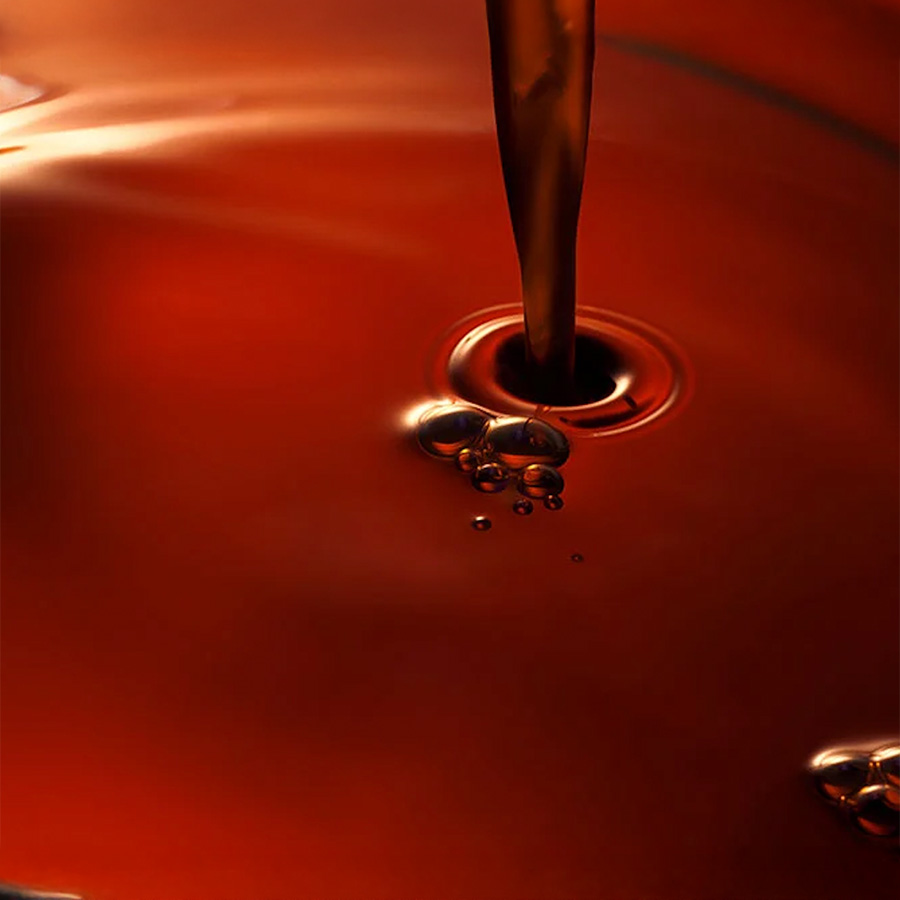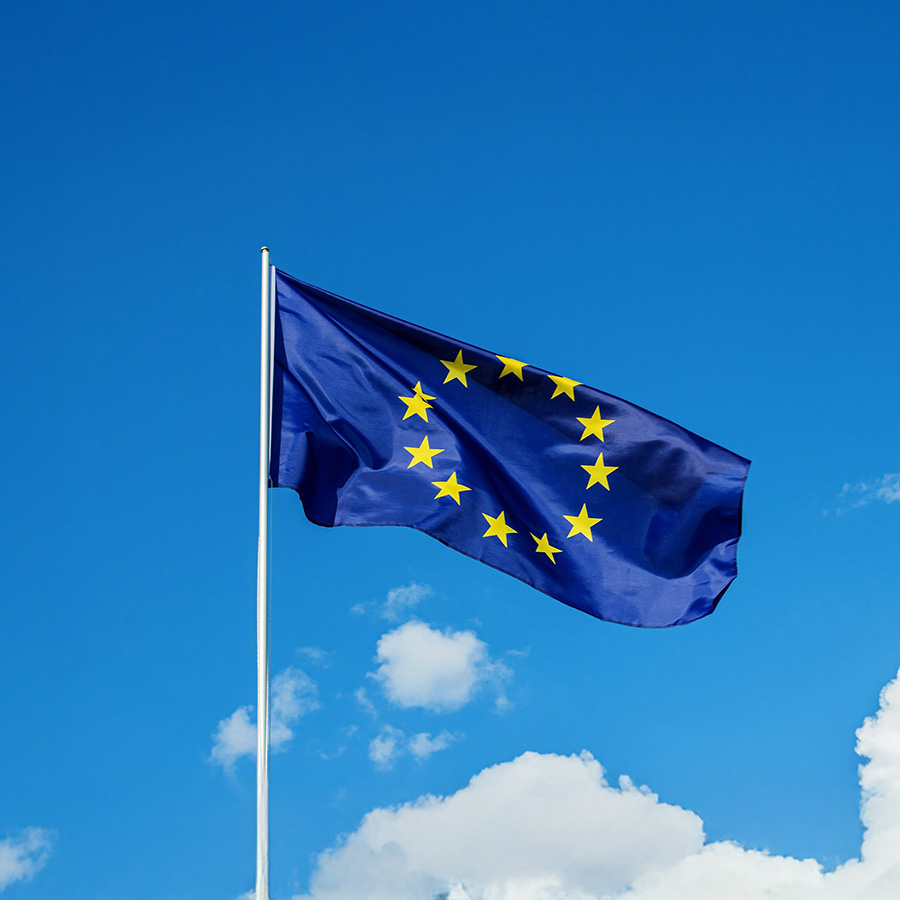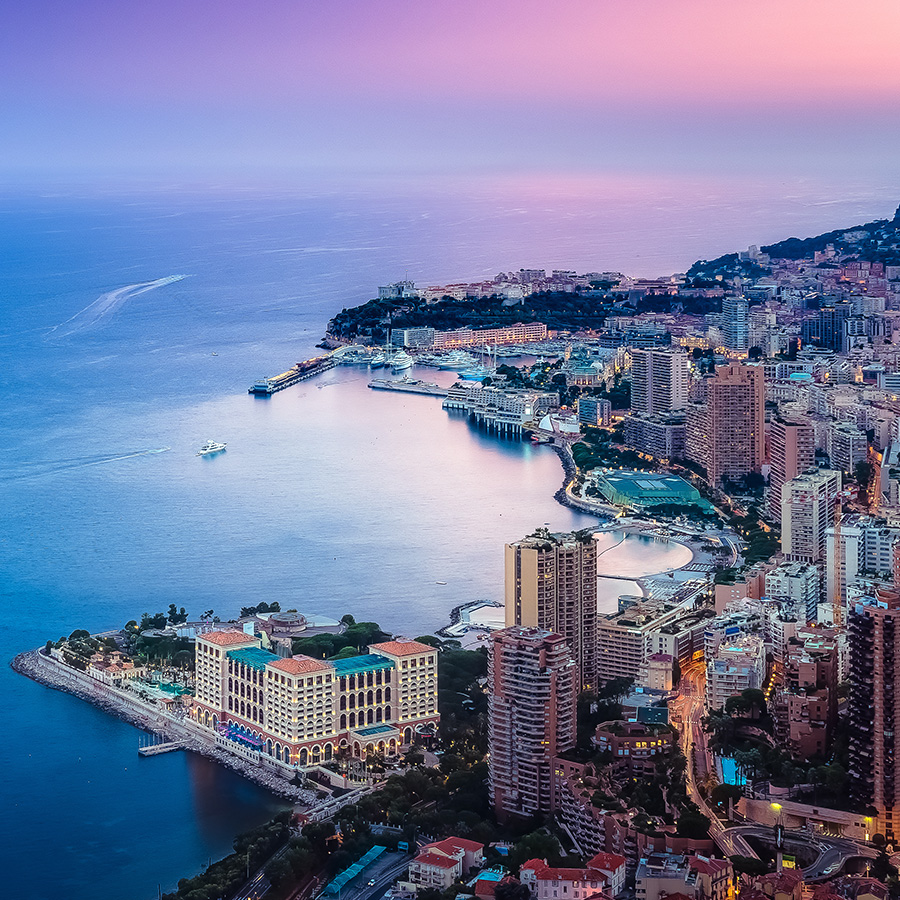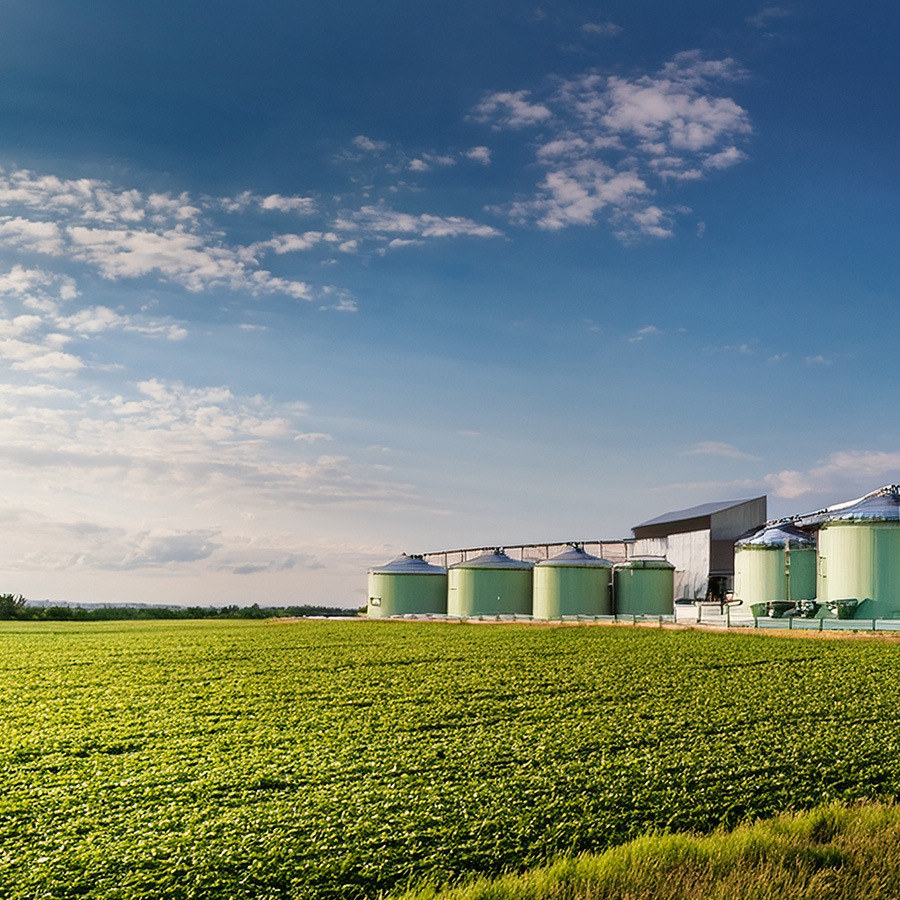Timeline
Two Journeys, One Vision: From Biodiesel’s Birth to Niatri’s Future
The history of biodiesel: from agrarian dream to energy revolution
An alternative fuel with deep roots
Biodiesel is a renewable, biodegradable fuel produced primarily from vegetable oils, animal fats, or used cooking oils through a chemical process called transesterification. Today, it stands as one of the most practical and immediate solutions to reduce the environmental impact of the transportation sector, particularly where electrification remains unfeasible.
1893
The origins: Rudolf Diesel’s visionary idea
The story of biodiesel begins in the late 19th century. In 1893, Rudolf Diesel designed an internal combustion engine that could run on vegetable oil. At the 1900 Paris World’s Fair, one of his engines was powered by peanut oil.
“The diesel engine can run on vegetable oils and could help the development of agriculture in poor countries.”
Diesel envisioned a world in which farmers could produce their own fuel — a bold and revolutionary idea. However, with the rise of cheap petroleum in the 20th century, vegetable oils were quickly replaced by fossil diesel: more economical, easier to distribute, and aligned with the industrial mindset of the era.
1973
Energy crises and the rediscovery of biodiesel
Interest in biofuels resurged in the 1970s during the oil crises of 1973 and 1979. The spike in oil prices and concerns over supply security led many countries to explore alternative energy sources.
It was in this context that transesterification emerged as a key technology — transforming the triglycerides in oils into FAME (Fatty Acid Methyl Esters), a fuel that mimics diesel but is more stable and cleaner-burning.
1988
From Economic Theory to Sustainable Entrepreneurship
In 1988, Angelo began studying economics and became fascinated by the theories of Keynes and Friedman, who argued that “the more you spend, the more you earn.” Inspired by this dynamic approach, he founded his first company that same year, together with his family. In a short time, the company established itself as the world’s first enterprise dedicated to biodiesel production.
The Early Years: Turning Tall Oil into Opportunity
At the outset, Angelo worked with raw materials considered waste: used cooking oil (UCO), animal fats, and Crude Tall Oil (CTO). Where others saw refuse, he saw opportunity: suppliers were even paying him to collect CTO, a substance with no commercial value at the time. Within a few months, Angelo had secured over 80% of the market, drawing attention — and sometimes pushback — from other buyers.
Convinced that distillation was the key to unlocking value, Angelo built the first true biodiesel refinery, capable of processing materials that had previously been deemed “impossible” to refine.
1989
Pioneering Used Cooking Oil Recycling
Angelo was among the first — and soon became one of the leading figures in Italy — to collect used cooking oil. He later helped establish CONOE (the Italian National Consortium for the Collection and Treatment of Used Vegetable and Animal Oils and Fats), serving as its first president.
At the time, there were also experiments with using UCO and animal fats in animal feed, but the practice was eventually banned due to dioxin contamination in the poultry supply chain.
A Simple Idea, an Instant Success
Angelo sold his biodiesel at 1,000 lire per liter (roughly $0.50 USD), with a production cost of just $0.05 USD. The business was immediately economically viable — and environmentally forward-thinking.


1990
The 1990s and industrial expansion
In the 1990s, the first industrial biodiesel plants were established across Europe and the United States. Europe primarily used oilseed crops like rapeseed, while the U.S. focused on soybean oil and animal fats.
A major breakthrough came with the use of waste oils such as UCO (Used Cooking Oil) and grease by-products. This shift not only avoided competition with food production but also turned waste into value — a truly sustainable approach.
During this period, many countries began introducing blends like B5 and B7 (diesel with 5% or 7% biodiesel), compatible with existing diesel engines — a seamless transition.
2009
European regulation: RED I, II, and III
In 2009, the EU launched the RED I (Renewable Energy Directive), officially recognizing biodiesel as a pillar of sustainable transport policies. It required minimum shares of renewable energy in transport and introduced environmental sustainability criteria, including:
- Full supply chain traceability
- Ban on production in deforested areas
- Greenhouse gas (GHG) emissions reduction thresholds
2014
Certifications and Sustainability: The ISCC Vision
In 2014, one of Angelo’s ventures (SOIO CA) became the first to obtain ISCC PLUS certification for producing fuels derived from plastic waste and end-of-life tires through pyrolysis. This was groundbreaking at the time, as regulations had not yet been established.
ISCC PLUS (International Sustainability and Carbon Certification) is the voluntary extension of the core ISCC scheme, allowing for the certification of non-agricultural feedstocks such as plastic waste, recycled fossil materials, and industrial residues converted into fuels via pyrolysis — a thermochemical process that turns solid waste into liquid or gaseous fuels.
Eleven years later, the European Union finally issued clear regulations supporting the use of these alternative fuels, defining criteria for their traceability, sustainability, and use in transportation and industry. While many operators were unprepared, Angelo was ahead of the curve, thanks to the pioneering groundwork he had laid years before.
This certification confirmed Angelo’s long-term vision: to anticipate regulation, innovate with materials, and contribute meaningfully to the energy transition by transforming complex waste into clean fuel.
Circular Economy: The PETGAS Project
Angelo’s commitment to sustainability didn’t stop at biodiesel. He also participated in the PETGAS project, aimed at recovering plastic waste from the oceans and converting it into clean diesel through pyrolysis — a concrete step toward a true circular economy.
2018
RED II (2018) introduced a major distinction
- First-generation biofuels — made from food crops (e.g. rapeseed, corn, palm)
- Advanced biofuels — made from waste, residues, and by-products (e.g. UCO, animal fats, sludge, forest waste, plastic from pyrolysis)
2020
In 2020, Angelo founded Niatri in the Principality of Monaco as a specialized brokerage firm, earning commissions on transactions and client introductions within the biofuels market.
From the outset, Niatri focused on building strong industry relationships, developing a comprehensive network, and gaining deep market intelligence. This included an expert understanding of trading dynamics, product specifications, and the key players operating across the entire biofuel supply chain.

2023
RED III (2023) raised the bar: by 2030, at least 14.5% of transport energy must come from renewable sources, with strong incentives for advanced fuels.
Beyond biodiesel: the rise of HVO
In recent years, HVO (Hydrotreated Vegetable Oil) has gained momentum. This next-generation biofuel is produced by hydrogenating oils and fats. Unlike traditional biodiesel, HVO is chemically identical to fossil diesel, meaning it can be used at 100% concentration in any diesel engine without modifications.
HVO is already in use by public transport fleets, logistics companies, and even in marine and aviation sectors. It’s one of the few immediately deployable technologies for decarbonizing sectors where electrification remains impractical.
2024
By 2024, with years of experience and insight under its belt, Niatri made a bold strategic shift: transitioning from intermediary to principal.
Today, Niatri operates as a direct trader—buying and selling biofuels on its own account. This evolution enables greater agility, value creation, and control over the trading process, allowing Niatri to leverage its market knowledge to the fullest.
With its roots in brokerage and its future in direct trading, Niatri continues to shape the biofuels industry through expertise, integrity, and innovation.

2025
Current trends and emerging frontiers
- The European Union is currently the world’s largest producer of biodiesel, followed by the United States and Brazil.
- Biodiesel can reduce CO₂ emissions by up to 90% compared to fossil diesel, depending on the feedstock used.
- Algae-based biodiesel is an exciting frontier: high-yield, non-food-based, but still costly.
- Urban buses, cruise ships, and agricultural machines across Europe already run on pure biodiesel or HVO — proving this isn’t just the future, it’s happening now.

